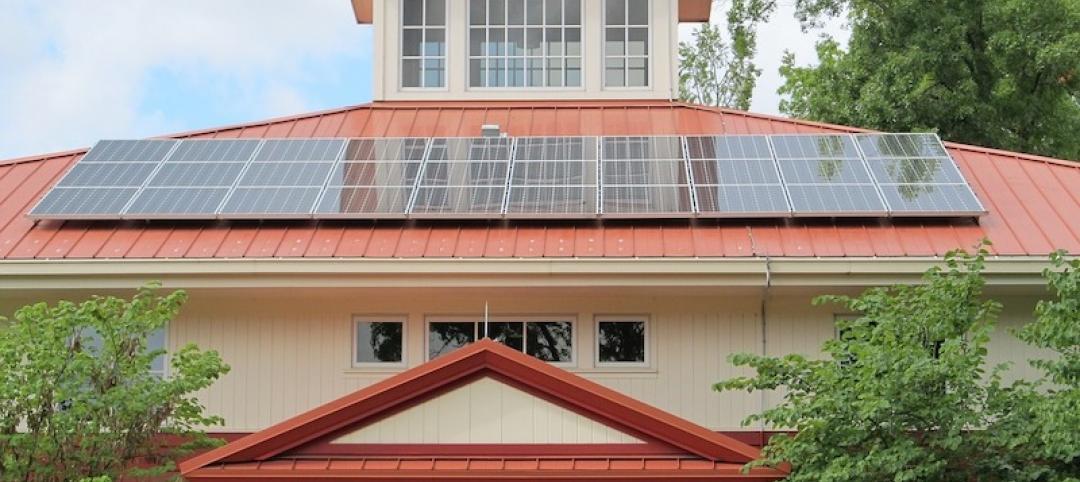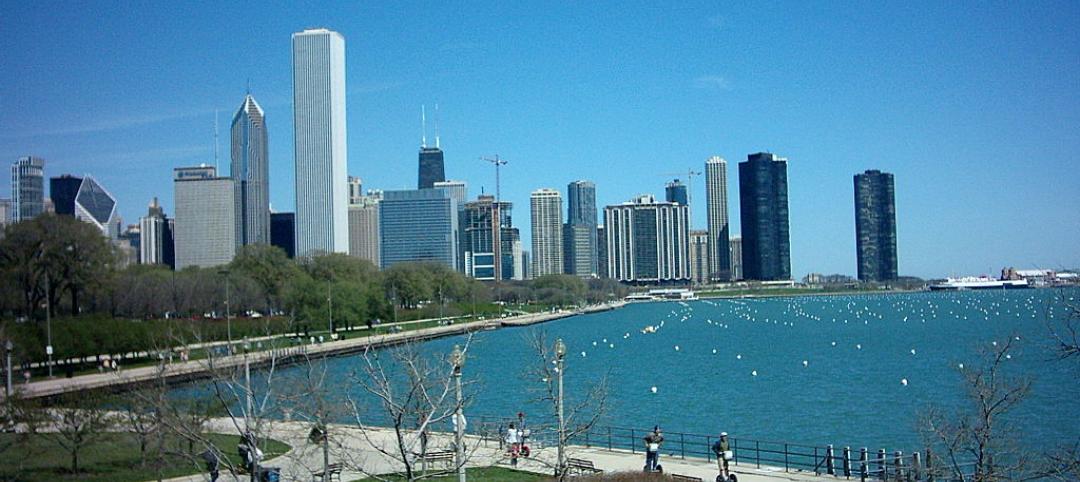In November 2021, New York City enacted Local Law 126 of 2021, which is well-known in the building industry for establishing new requirements for periodic parking garage inspections. At the same time, the legislation added a section to the NYC Administrative Code mandating periodic observation of building parapets.
To allow owners time to prepare, the City set the start date for the new parapet observations for January 1, 2024.
What is required?
All buildings in New York City with parapets facing a street, sidewalk, or other public right-of-way must undergo a professional parapet observation every year.
Unlike the Facade Inspection Safety Program (FISP), which excludes buildings under six stories, the parapet rule applies to all buildings, regardless of height, with the exception of detached single- or two-family homes. While FISP inspections are conducted on a five-year cycle, and parking garage inspections are required at least every six years, the newly mandated parapet observation must be done annually.
The good news: owners do not need to file the observation report with the Department of Buildings (DOB). Whereas facade and garage inspection reports follow prescriptive formats and must be electronically submitted, parapet reports need only be kept on file by the building owner. Archives of at least six years of parapet reports must be made available should the DOB request them.
What happens if there is a hazardous condition?
Immediately upon observing an unsafe condition, the professional performing the observation is required to notify the DOB. The building owner must promptly install public protection, such as sidewalk sheds, fences, and/or safety netting, which must remain in place until the problem is remedied. Unsafe conditions must be corrected within 90 days.
What is included in the observation report?
In contrast to the FISP and parking garage laws, the new parapet rule is not prescriptive as to report sections and format. However, the report does need to include:
- Basic building information, including address and owner contact details;
- Name and contact details for the professional performing the observation;
- Date of the observation;
- Location plan and construction information for the parapets, including material, height, and thickness;
- Description of general conditions;
- Unsafe conditions and actions taken to remedy them;
- Repairs since the previous report; and
- Dated photos documenting conditions.
Rather than filing the report with the DOB, the owner retains parapet observation reports for at least six years and must be prepared to furnish them to the DOB upon request.
What steps should owners take now?
With the requirements set to begin on the first of the year, owners have just a few months to plan. If a mandated FISP inspection is scheduled for 2024, adding a separate parapet observation report to that program may be a cost-effective strategy. Similarly, parapet observation can be incorporated into other planned exterior work, such as roof rehabilitation or facade cleaning.
A design professional can offer guidance on the simplest and most budget-conscious way to meet the new annual parapet requirements as part of existing maintenance and repair programs.
Resources
RCNY §103-15: Periodic Observation of Building Parapets
Local Law 126 of 2021 – see §28-301.1.1, p. 168
“Design Guide for Parapets: Safety, Continuity, and the Building Code,” Hoffmann Architects + Engineers JOURNAL
Hoffmann Architects + Engineers specializes in the rehabilitation of building exteriors.
Our design professionals have worked with hundreds of New York City building owners to meet inspection and repair requirements since the first facade law in 1980. We provide up-to-date guidance to help owners comply with the code and safely maintain their properties. Reach us at 212-789-9915 or hoffarch.com/contact.
Related Stories
| Jun 26, 2014
Walkable areas lead to higher rents for developers
New research from a George Washington University research group and LOCUS, a coalition of real estate investors that's part of Smart Growth America,says that offices in “Walkable Urban Places (WalkUPs)” bring developers 74% more rent per square foot.
| Jun 18, 2014
ASHRAE publishes guideline on specifying Building Automation Systems
Performance monitoring guidance is a key feature of the document. It provides designers of BAS systems with recommendations for good practice, project considerations, and detailed discussion of design options.
| Jun 18, 2014
Battle over low-cost, Chinese-made solar equipment could stunt solar power growth
The U.S. Department of Commerce tentatively agreed to assess tariffs of up to 35% on solar equipment, a move that could slow the rapid growth of the domestic solar power industry.
| Jun 18, 2014
Senate passes ‘compromise’ bill that green lights 26 new VA hospitals, clinics
The U.S. Senate reached a compromise deal combining elements of two competing Veterans Administration reform bills that would, among other things, gives the go-ahead for the construction of 26 new VA hospitals and clinics.
| Jun 18, 2014
Pittsboro, N.C., approves massive new development plan
The Pittsboro, N.C., Board of Commissioners approved the master plan for Chatham Park, a massive residential and commercial project that could bring 60,000 people to Pittsboro over several decades.
| Jun 11, 2014
AGC to study causes of construction deaths, injuries
The Associated General Contractors of America is conducting a new study to make job sites safer and search for ways to lower the number of injuries and deaths in the construction industry.
| Jun 11, 2014
U.S. infrastructure quality ranks only 19th in the world
The quality of infrastructure in the U.S. ranks just 19th in the world, trailing countries such as Oman, Portugal, and Spain, according to the World Economic Forum’s Global Competitiveness Report.
| Jun 11, 2014
ISO releases standards for comparing city services worldwide
The International Organization for Standardization (ISO) has created the first standards to compare services of the world’s cities.
| Jun 11, 2014
Federal bill would promote shifting to energy-efficient roofs
A bipartisan proposal from U.S. Reps. Tom Reed, R-N.Y., and Bill Pascrell, D-N.J., would make roof replacement cost less and would help commercial building owners adopt energy-efficient systems.
| Jun 5, 2014
Over budget Homeland Security headquarters project may be canceled
A massive new headquarters for the Department of Homeland Security is more than $1.5 billion over budget, 11 years behind schedule, and may never be completed.














